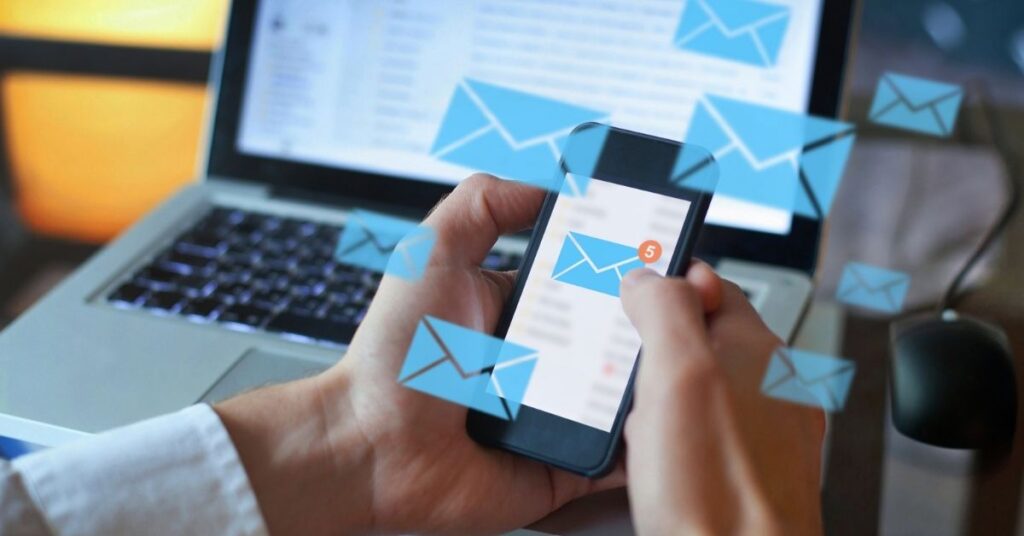
You’ve invested a lot of time and money into growing your email list, so you want to manage it well. Here are four best practices for managing your list.
-
Use the double opt-in method
Before your customers can begin receiving your emails, they have to subscribe. There is some debate over whether you should require them to do a single or double opt-in for this.
If all you require is a single opt-in, they can begin receiving emails from you as soon as they subscribe. With a double opt-in, they have to confirm that they signed up for your email list.
It can be tempting to go with a single opt-in because it allows you to grow your email list faster, and you never have to worry about losing those subscribers left in limbo. However, you could end up with a bunch of fake or spam email addresses. A double opt-in ensures that you have an engaged email list, since the people who signed up have shown they really want to be there.
-
Set up a welcome sequence
What happens when a new email subscriber joins your list? Hopefully, that person goes into your welcome sequence.
A welcome sequence is an automated funnel that new subscribers receive right after signing up. It’s an opportunity for them to get to know you and start building a relationship with your business.
When a new subscriber joins your email list, they are excited and engaged with your business. But if they don’t hear from you for weeks, they’ll quickly lose interest and move on. So, a welcome sequence helps you build trust and engagement with your audience.
Here are a few tips for creating a welcome sequence:
- Use a conversational tone in your emails.
- Ask a question and invite your subscribers to respond to the email.
- Share one of your best pieces of content – a really helpful blog post, guide or video.
- Don’t space the emails too far apart; send them every day or every other day, depending on how long the sequence is.
-
Segment your subscribers
Companies that personalize their emails have open rates 11% than those that send generic emails to all their subscribers. The best way to deliver targeted emails is segmenting your email aubscribers.
Segmentation can feel like a huge undertaking, so if you haven’t been doing this already, it’s best to start small. Start by segmenting your list based on demographics like age, gender and income level. Those factors alone can tell you a lot about your subscribers’ interests.
You can also segment your subscribers based on whether they are already a customer. You can segment your current customers even further based on their past purchases or total amount spent.
-
Remove inactive subscribers from your list
The final step in maintaining a healthy email list is to remove unengaged subscribers. It may seem counterintuitive to remove subscribers, but it doesn’t matter how many subscribers you have. What matters is your overall engagement.
Inactive or “dead” subscribers are individuals who haven’t opened a single email from you in the past 90 days. Your email provider should have a way for you to find this information quickly.
Once you’ve identified your inactive subscribers, tag them and send them one last email allowing them to stay on your list.